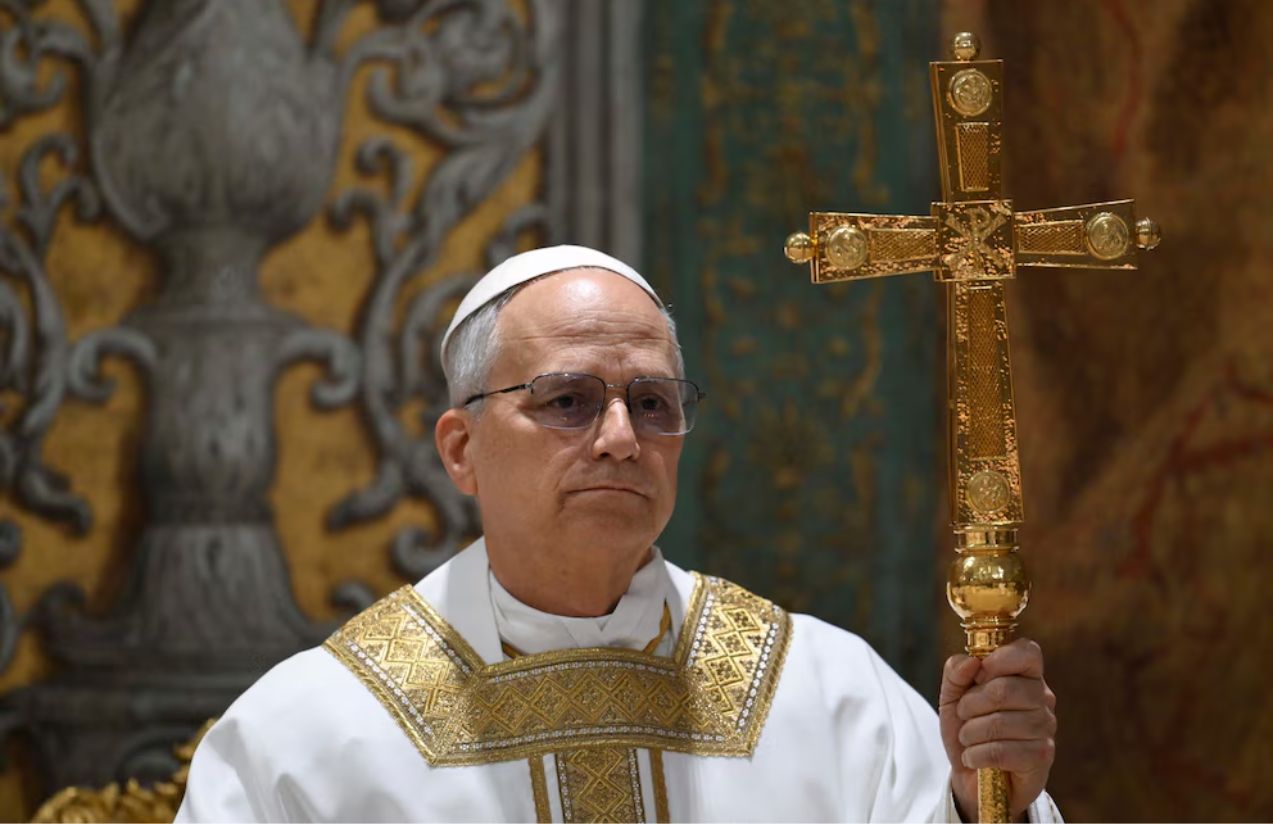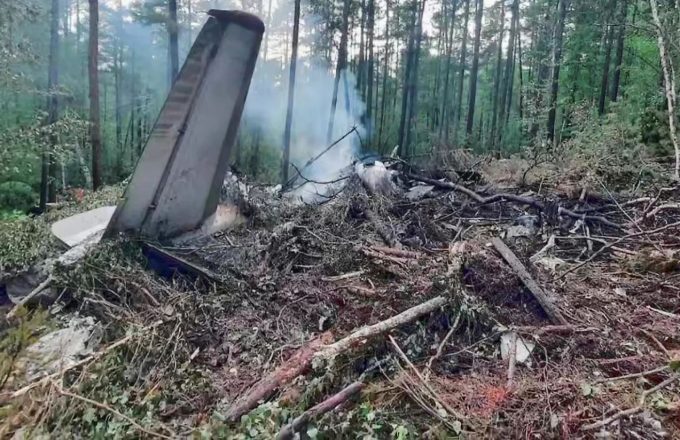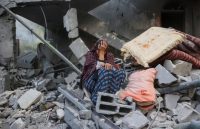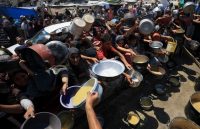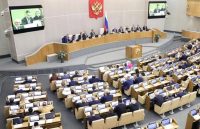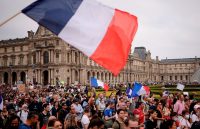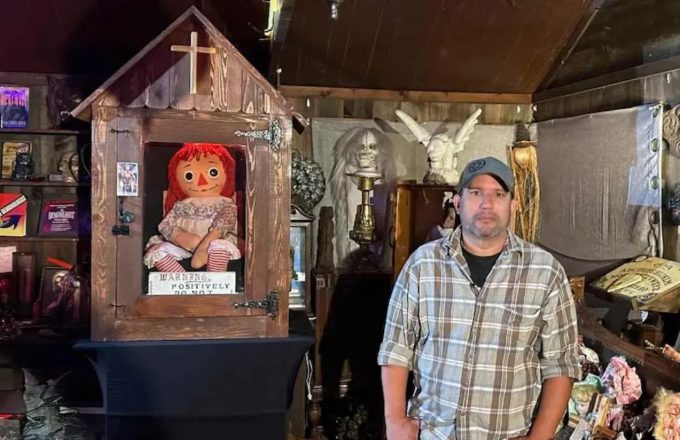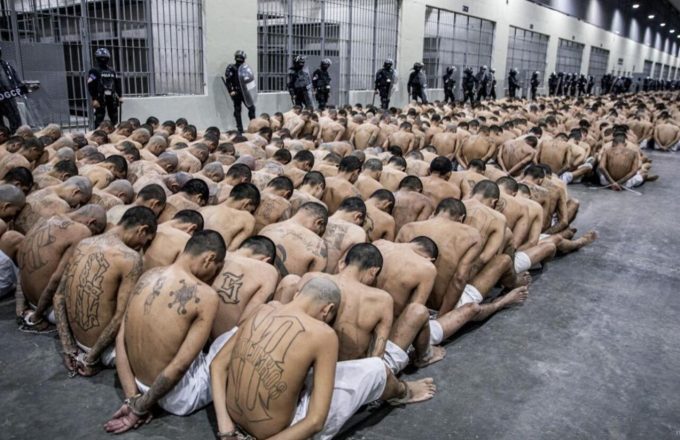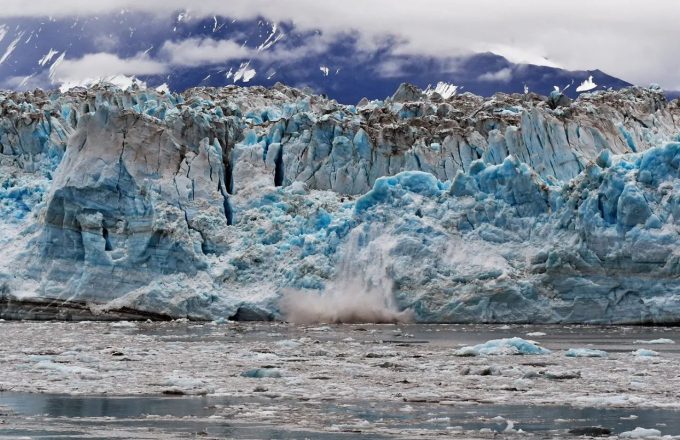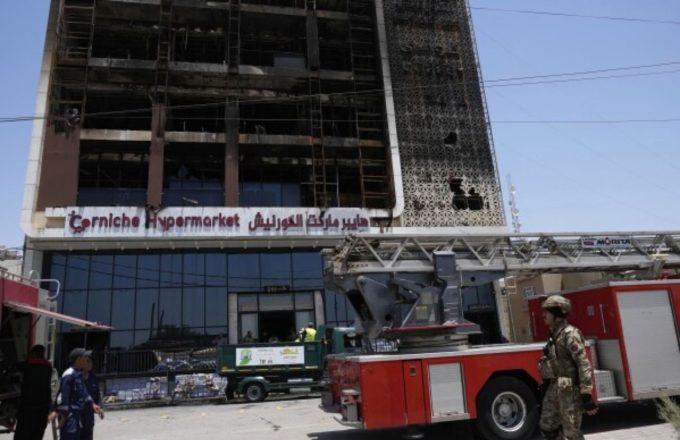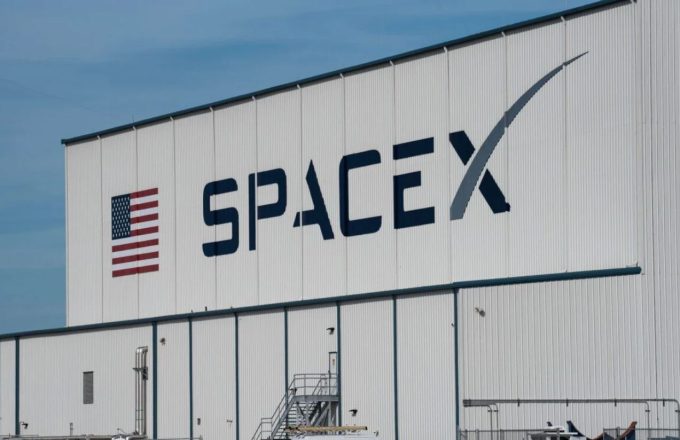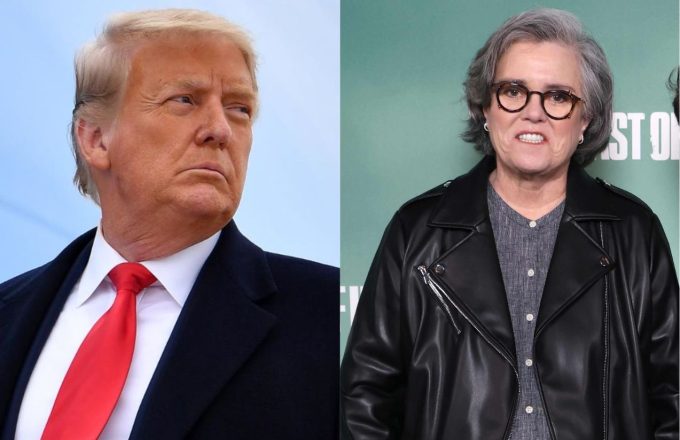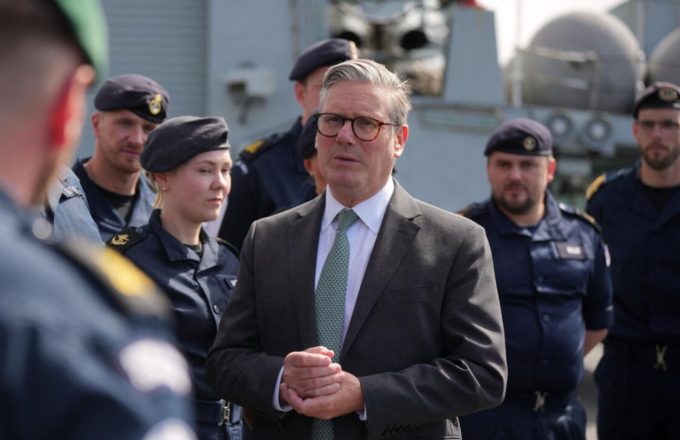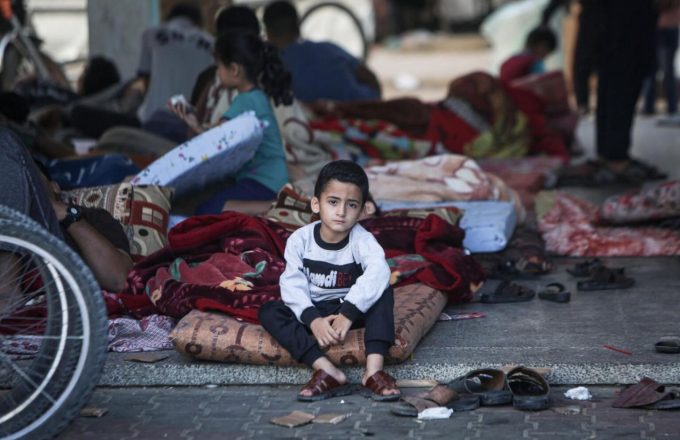The extensive security operation that accompanied Pope Francis’ funeral will be repeated on Sunday, May 18, for the inauguration Mass of the new pontiff, Pope Leo XIV.
Rome’s prefect, Lamberto Giannini, chaired a meeting of the security committee on Friday following the confirmation of the date. Authorities expect around 250,000 people to gather in St. Peter’s Square and the surrounding areas. Heads of state and government leaders are also expected to attend, as they did for the Argentine pope’s funeral.
“The operation is already underway and will gradually intensify,” Giannini said. Over 5,000 personnel, including police officers from various forces and military troops, will be deployed to ensure safety during the ceremony.
Leo XIV, a 69-year-old American missionary, celebrated his first Mass on Friday in the Sistine Chapel before the cardinals, delivering his long-anticipated first homily. He reflected on Jesus’ relationship with his disciples—a model he hopes to emulate in his leadership of the Catholic Church.
The pope’s agenda continues this Sunday with the Regina Coeli prayer from the Central Loggia of St. Peter’s Basilica at 12:00 p.m. (10:00 a.m. GMT). On Monday, he will meet with journalists accredited with the Holy See Press Office.
The enthronement Mass, backed by a robust security and logistical apparatus, will be the month’s main event. Leo XIV will then hold his first general audience with the faithful on Wednesday, May 21, followed by a meeting with the Curia and Vatican staff on May 24.
One of the first symbolic decisions of his pontificate will be his choice of residence: Will he move into the Apostolic Palace, the traditional seat of papal authority, or follow in Pope Francis’ footsteps by opting for the simpler Santa Marta guesthouse?
While seemingly minor, the decision carries weight in shaping the public image of his papacy. The Domus Sanctae Martae, located just steps from St. Peter’s Basilica, was inaugurated in 1996 as housing for cardinals during conclaves. In 2013, Pope Francis chose it as his residence, signaling a break from tradition and aligning with his humble, people-centered approach.
In contrast, the Apostolic Palace—a centuries-old papal residence—is a vast complex housing government offices, chapels, museums, and more than a thousand rooms. Though Francis continued to use it for official duties and the Angelus prayer, he never lived there.
Now, Pope Leo XIV must decide not only where he will live, but what message he wants to send the world at the dawn of his papacy.


